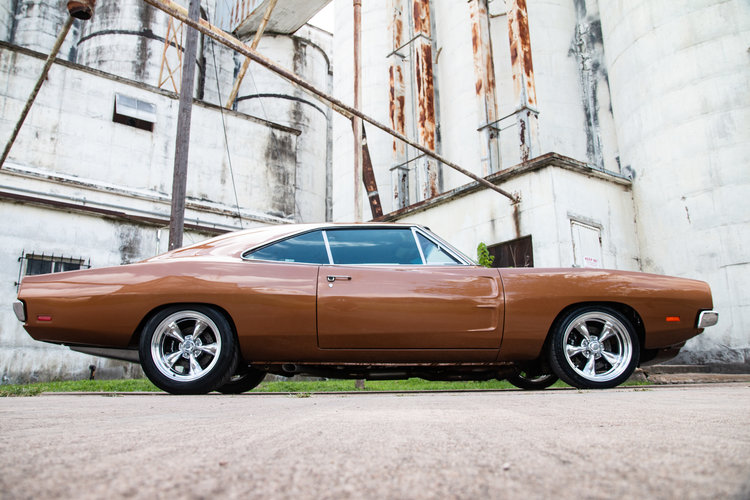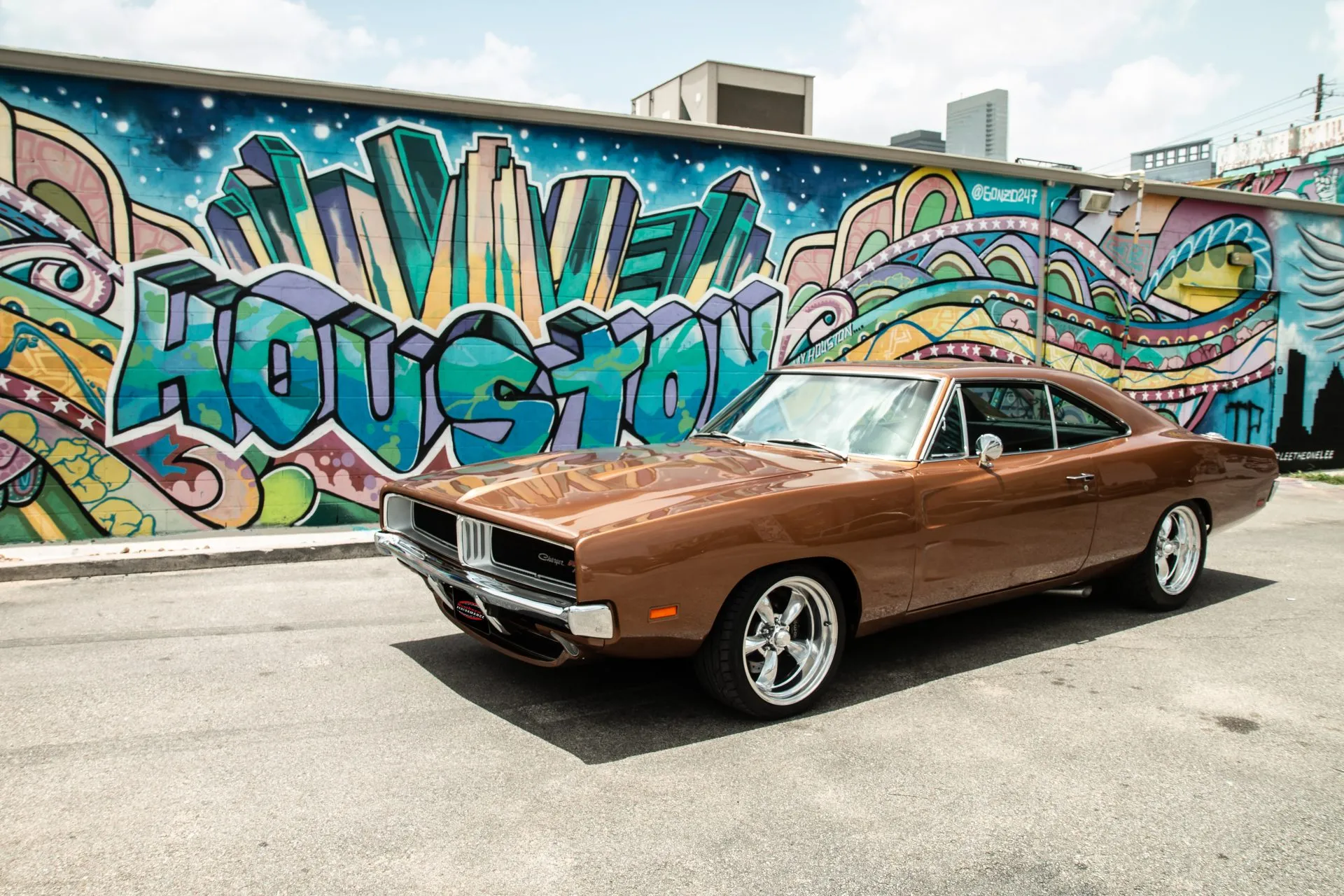The muscle car era began in 1964 with the introduction of the Pontiac LeMans GTO, which blended a mid-size frame with a powerful full-size engine. Around the same time, Chrysler was developing an even more impressive engine—the 426 Hemi. Initially launched in 1965 as a racing engine, the 426 Hemi became available to the public in 1966, and Chrysler enthusiastically incorporated it into its B-body models.
The Plymouth division of Chrysler took the lead in distributing the Hemi engine, featuring it prominently in models like the Belvedere and Satellite, despite the Belvedere’s humble beginnings with a 425-horsepower output in its first year.
In 1967, Chrysler expanded its lineup with various iterations of the Belvedere, including the GTX and the Road Runner, while the Satellite maintained its connection to the Belvedere. The lightweight B-body cars gained popularity among drag racers, particularly due to the powerful 426 Hemi V8 engine equipped with dual four-barrel carburetors.
Despite this success, the standard Belvedere struggled to maintain strong sales as the decade progressed. By 1970, its diminishing popularity raised concerns, leading to its unceremonious decline and eventual disappearance from the market.
The fading sales of the Belvedere have contributed to its limited following today, with the model overshadowed by its Hemi-powered counterparts. Although the Belvedere was seen as a bland and unremarkable vehicle, it had the potential to be a “sleeper” car, capable of surprising performance if given a second chance on the drag strip.

A recent video showcases a rare matchup between a 1969 Plymouth Belvedere and a modern Dodge Charger, highlighting the significant evolution of performance standards over the decades.
In the past, a stock 1969 Belvedere could achieve a maximum of 330 gross horsepower from its 383 Super Commando engine, which was considered mediocre compared to more powerful options. In stark contrast, the modern Dodge Charger, equipped with a Hellcat engine, boasts between 707 and 797 horsepower.
A video from the Cars and Zebras YouTube channel captured a quarter-mile race in 2021, where the Charger delivered an impressive performance, completing the run in just 10.69 seconds at a speed of 130 mph, while the Belvedere, with substantial upgrades, managed an astounding 11.42 seconds.
Despite the substantial horsepower gap, the 1969 Belvedere outperformed expectations with a modified setup that included a Whipple supercharger.
This classic vehicle, with its lightweight frame and modern enhancements, managed to cross the finish line in a remarkable 10.3 seconds at nearly 135 mph, demonstrating that even an older model could compete effectively against its contemporary counterparts. The race exemplified how the legacy of muscle cars continues to resonate, proving that performance can transcend the barriers of time and technology.

